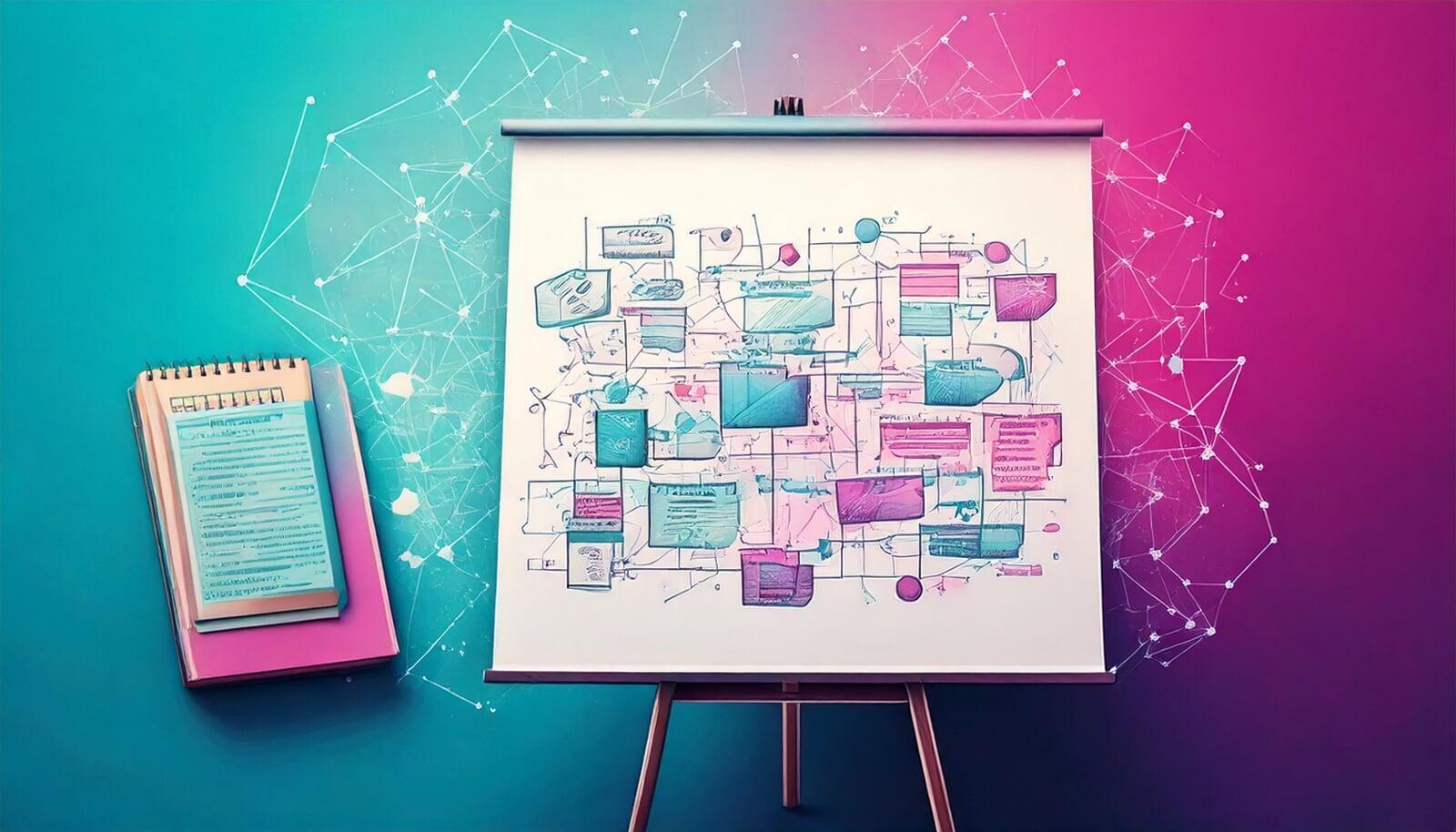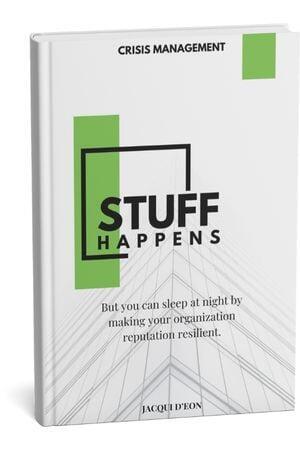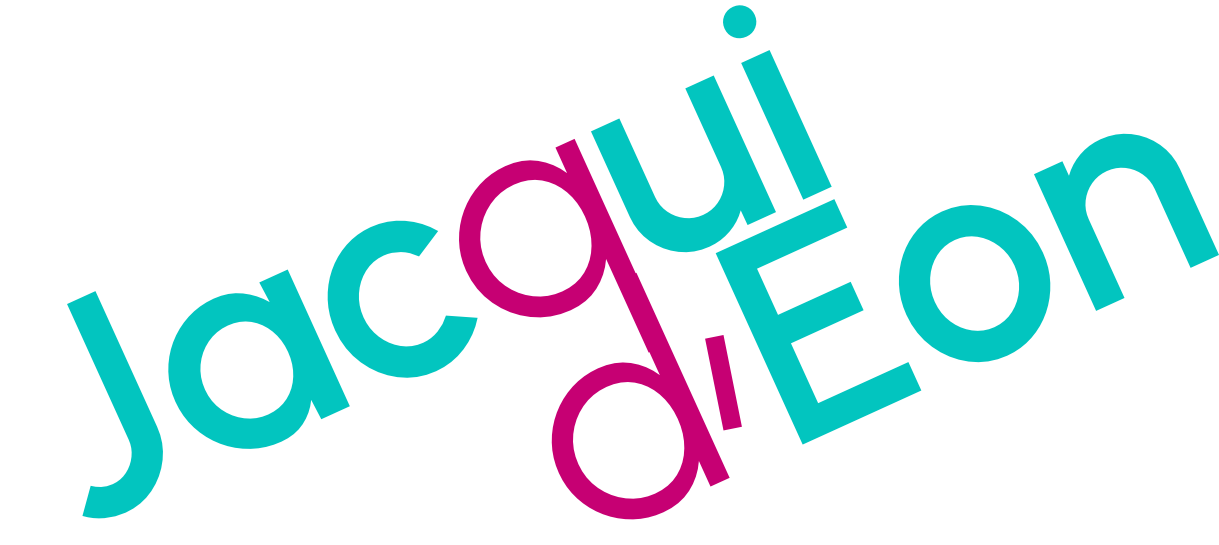
In today's fast-paced business environment, crisis management requires flexibility rather than rigid playbooks. While detailed crisis playbooks have been the standard approach, many organizations are now shifting toward crisis frameworks.
The key difference between a framework and a playbook is the mindset shift from prescribing exact responses to establishing flexible processes that can adapt to the specific crisis at hand.
The Problem with Traditional Playbooks
Traditional crisis playbooks often become static documents that gather dust. As Linda Barnhart, senior director at APCO, aptly noted during a PR Daily Media Relations Conference, "No one's gonna look at a 100-page document if something's on fire."
These comprehensive documents, while well-intentioned:
- become outdated quickly
- remain unused until a crisis occurs
- lack the flexibility needed for unique situations
- can't adapt to rapidly changing circumstances
Benefits of a Crisis Framework Approach
A framework approach provides structure without being overly prescriptive, allowing teams to respond appropriately to the specific crisis at hand. This approach offers several advantages:
Adaptability: Frameworks allow you to "rely on your instincts and work with the environment and the information you have to mitigate the threat."
Efficiency: Using an established crisis management process saves time and effort in developing new response mechanisms.
Expertise Utilization: Crisis management teams can leverage their existing knowledge and experience to address challenges efficiently.
Improved Coordination: A unified approach enhances decision-making, allowing organizations to respond swiftly and effectively.
Building an Effective Crisis Framework
Creating a solid framework requires preparation before any crisis occurs. Focus on identifying:
Risks: Assess both everyday threats (product recalls, malfeasance) and broader existential risks (geopolitical conflicts).
Interested Parties: Determine who needs to receive your communications, both internally and externally.
Approach: Develop strategies to address the concerns of interested parties authentically and promptly.
Your framework should outline:
Crisis management team: Cross-functional representatives who will respond to the crisis
Protocol: Clear guidelines for team assembly and leadership
Communication strategy: Balancing proactive and reactive engagement
Escalation criteria: Thresholds for increased response
Spokespersons: Designated and trained representatives
Monitoring systems: Methods to measure situation impact and response effectiveness
Today’s reality is that you will have minutes to react to a crisis. Having a flexible framework helps your organization navigate emergencies effectively while maintaining authenticity and responsiveness in your communications.

Stuff Happens!
Want to dive deeper into crisis management and how to ensure your organization is reputation resilient? Grab a copy of my book, Stuff Happens, available on Amazon Kindle!

